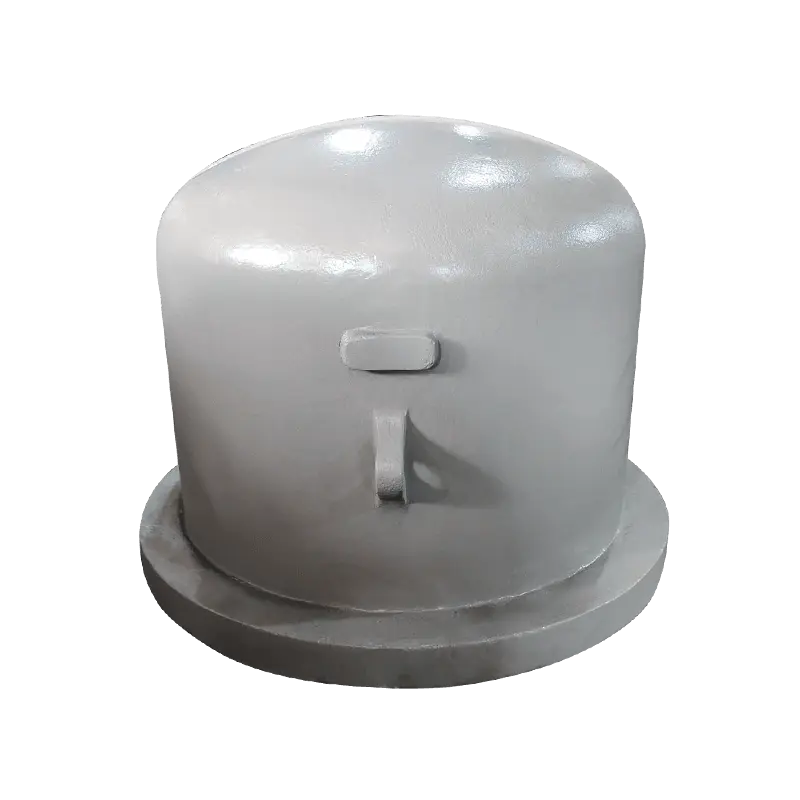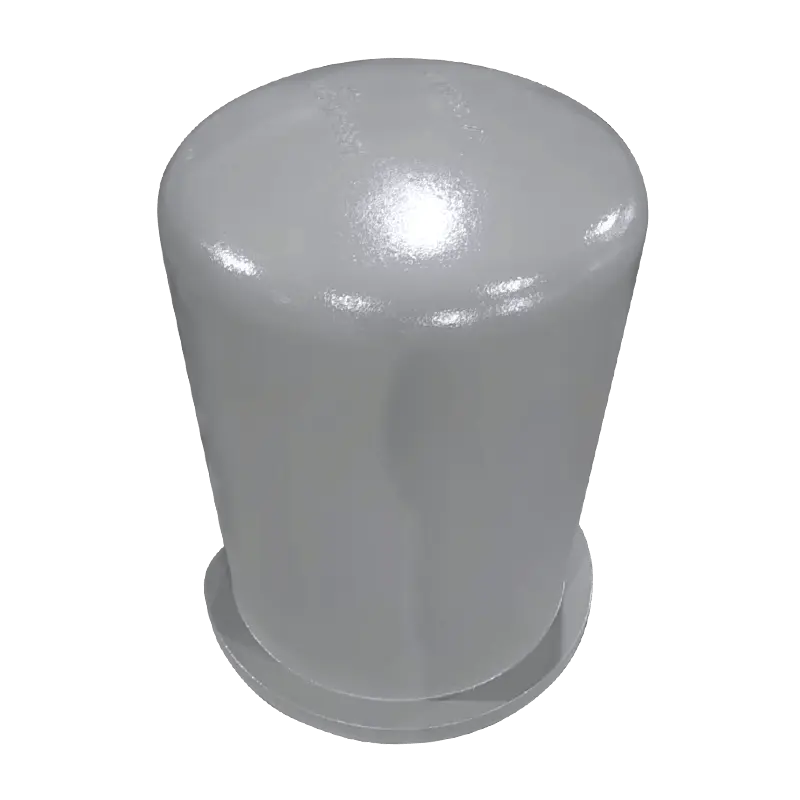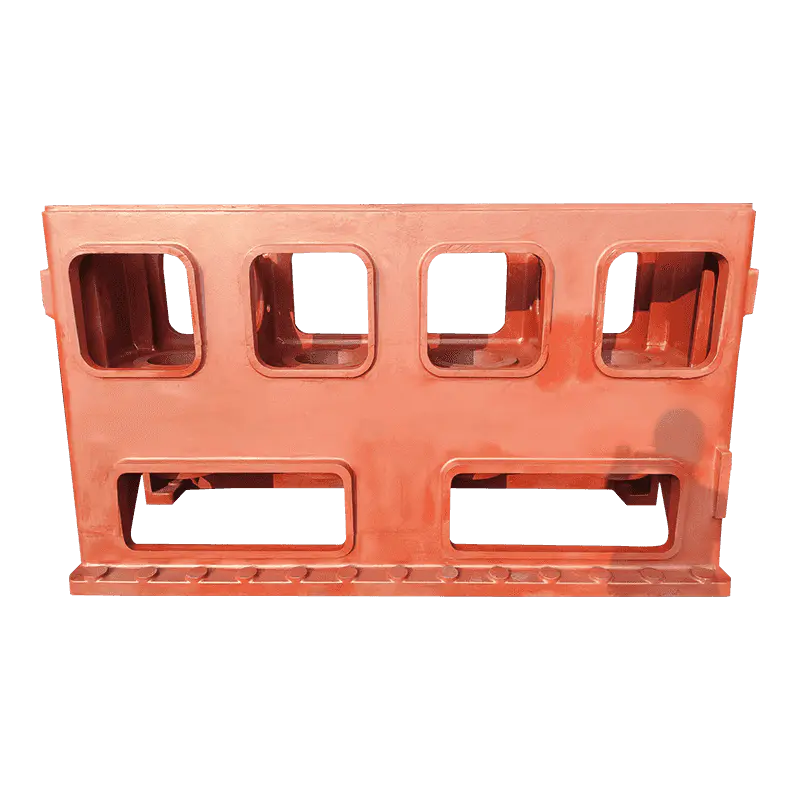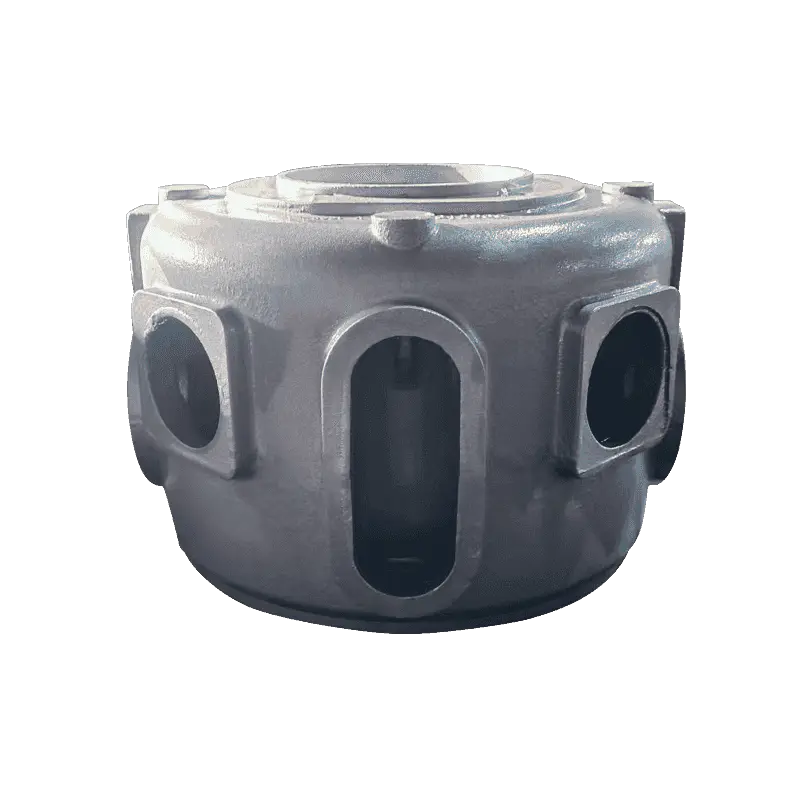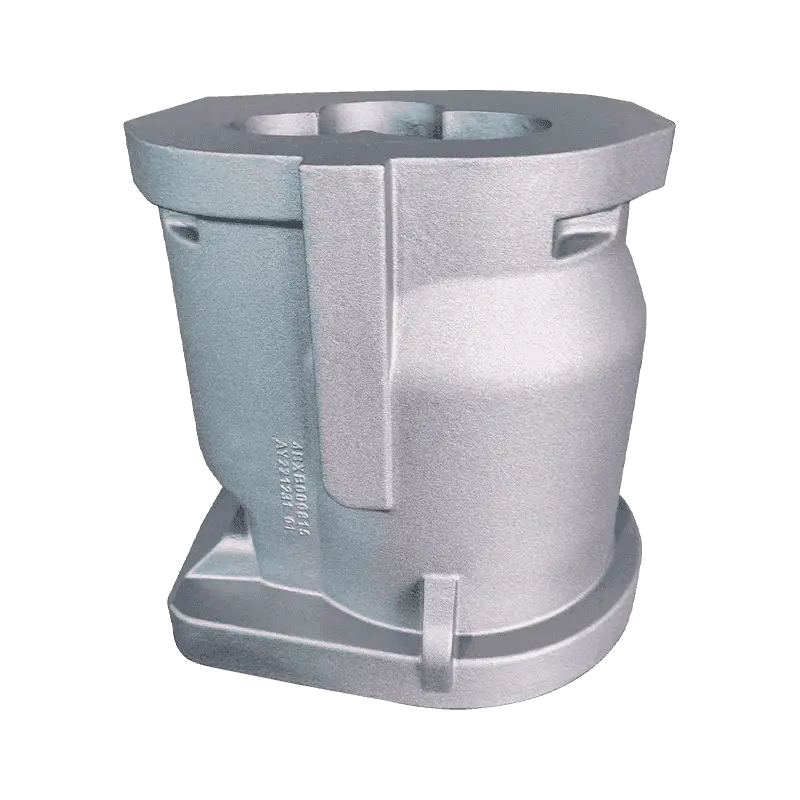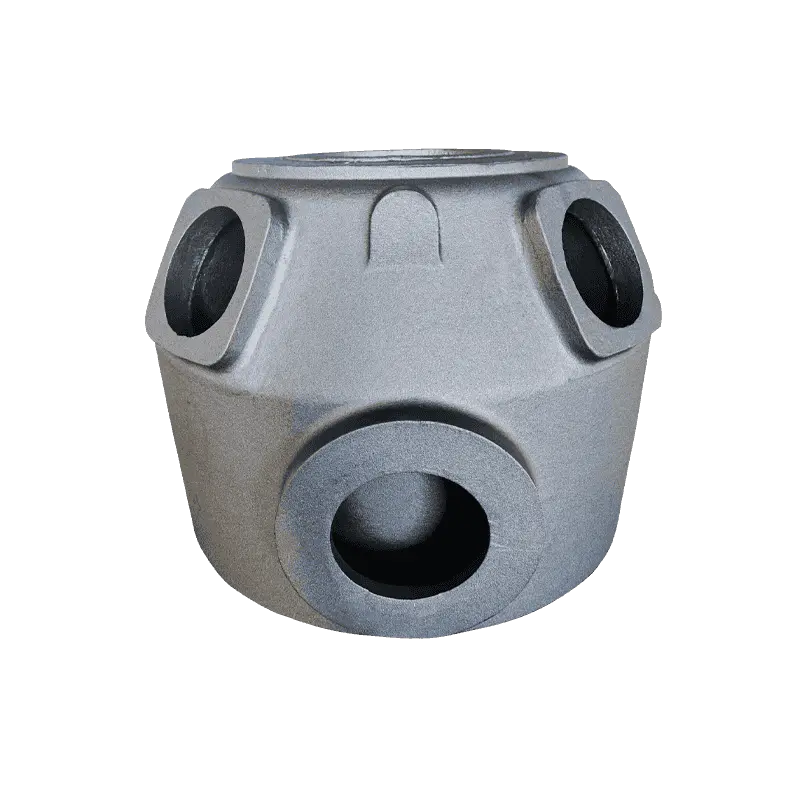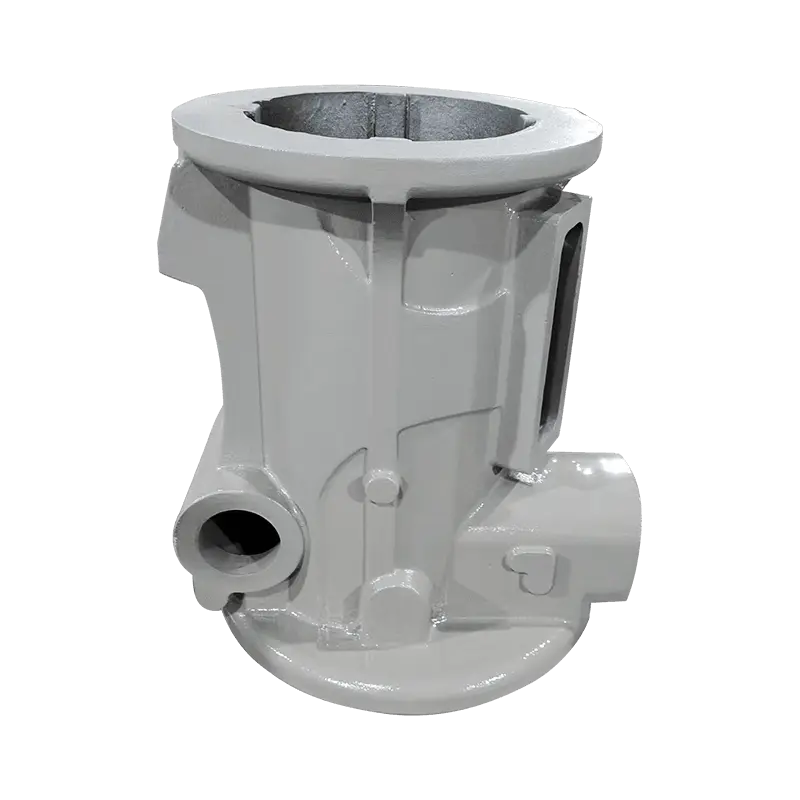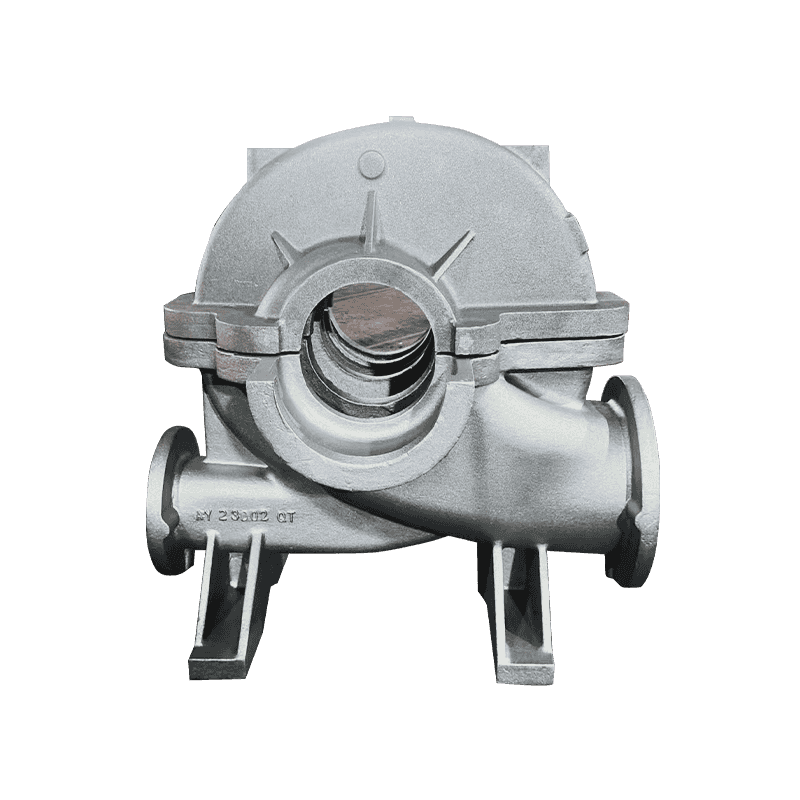The choice of materials for the Machine Tool Column is a foundational design aspect that impacts its ability to handle heavy-duty cutting. Cast iron is commonly used because of its exceptional strength and natural ability to dampen vibrations. The material's high-density composition allows it to absorb the shock and stress generated during high-force machining operations without distorting or cracking. Steel alloys may also be used in certain applications where higher tensile strength is required. The durability of these materials ensures that the column can withstand the extreme forces and pressures exerted during heavy cutting without compromising structural integrity, ultimately enhancing the overall machine’s resilience during intensive operations.
To further bolster the column’s strength, machine tool columns are engineered with a reinforced internal structure. This often includes thicker wall sections, ribs, and other reinforcements that provide the column with added rigidity and resistance to bending or flexing under load. The column’s structural integrity is crucial during heavy cutting, where the forces exerted on the tool and workpiece are substantial. Reinforced columns ensure minimal deflection under cutting pressure, preserving the accuracy of the machining process.
Heavy-duty cutting generates significant vibrations, which can compromise the precision of the machining process by causing inaccuracies in tool position and workpiece quality. To mitigate this, the Machine Tool Column is specifically designed to absorb and dampen vibrations. This can be achieved by using materials with inherent dampening properties, such as viscoelastic composites, or by incorporating structural features like internal baffles that disrupt vibration waves. The column’s design minimizes vibration transmission, ensuring that even under the strain of heavy cutting, the machine tool operates with minimal oscillation. This helps maintain high levels of surface finish quality and improves consistency in part geometry, which is particularly crucial when machining complex or high-tolerance components.
Thermal management is a critical consideration for any machine tool, particularly during heavy cutting operations where friction generates significant heat. This heat can cause thermal expansion of materials, leading to misalignment and potential deformation, which negatively affects machining precision. To prevent these issues, the Machine Tool Column is designed with thermal stability in mind. Many modern columns are constructed from materials or coatings that are resistant to thermal expansion, or the column may include cooling mechanisms to dissipate heat efficiently. The design ensures that temperature fluctuations do not result in dimensional changes, allowing the machine to maintain its structural integrity and accuracy even when subjected to prolonged or intense heat exposure.
The critical factor in heavy-duty cutting is ensuring that all components of the machine tool remain precisely aligned during operation. The Machine Tool Column must be aligned to provide a stable foundation for the tool, spindle, and workpiece. Precision is achieved through careful machining and alignment of the column itself, as well as the components it supports. The column is designed to remain true to the intended geometry, minimizing the risk of misalignment or deviations during the cutting process. Proper alignment ensures that cutting forces are applied evenly, which prevents the tool or workpiece from shifting during machining. This, in turn, leads to better accuracy, smoother finishes, and reduced wear on machine components.


